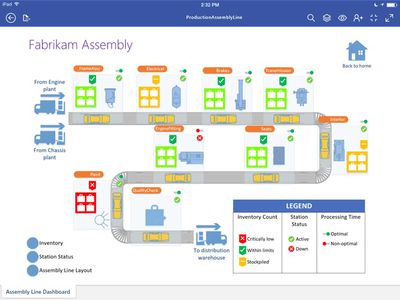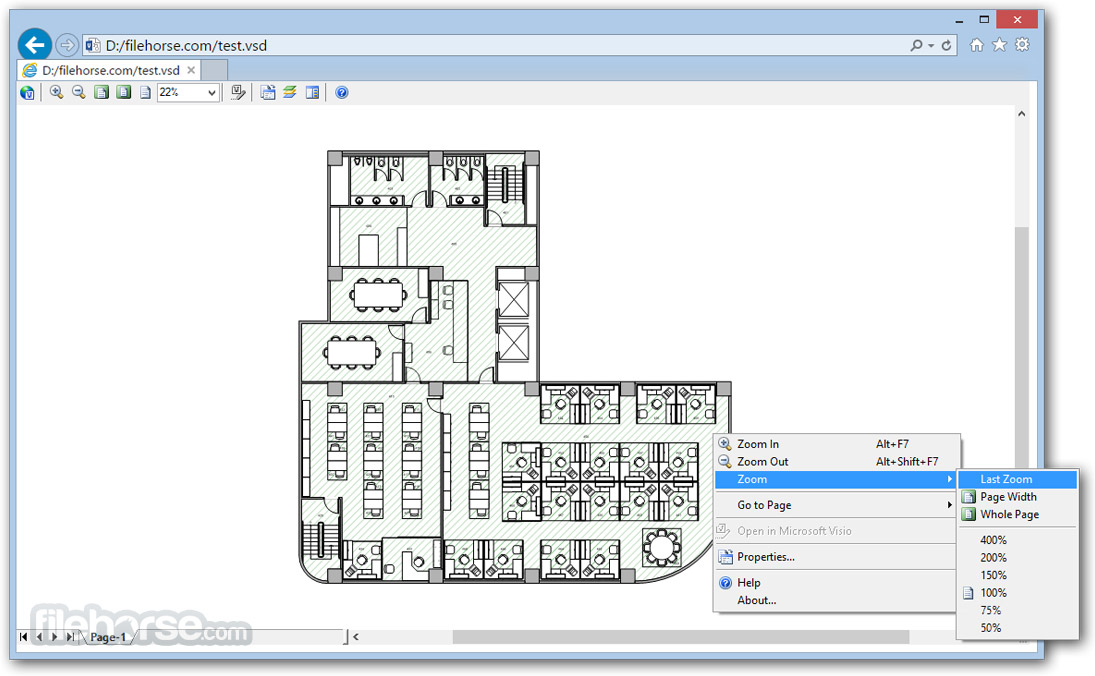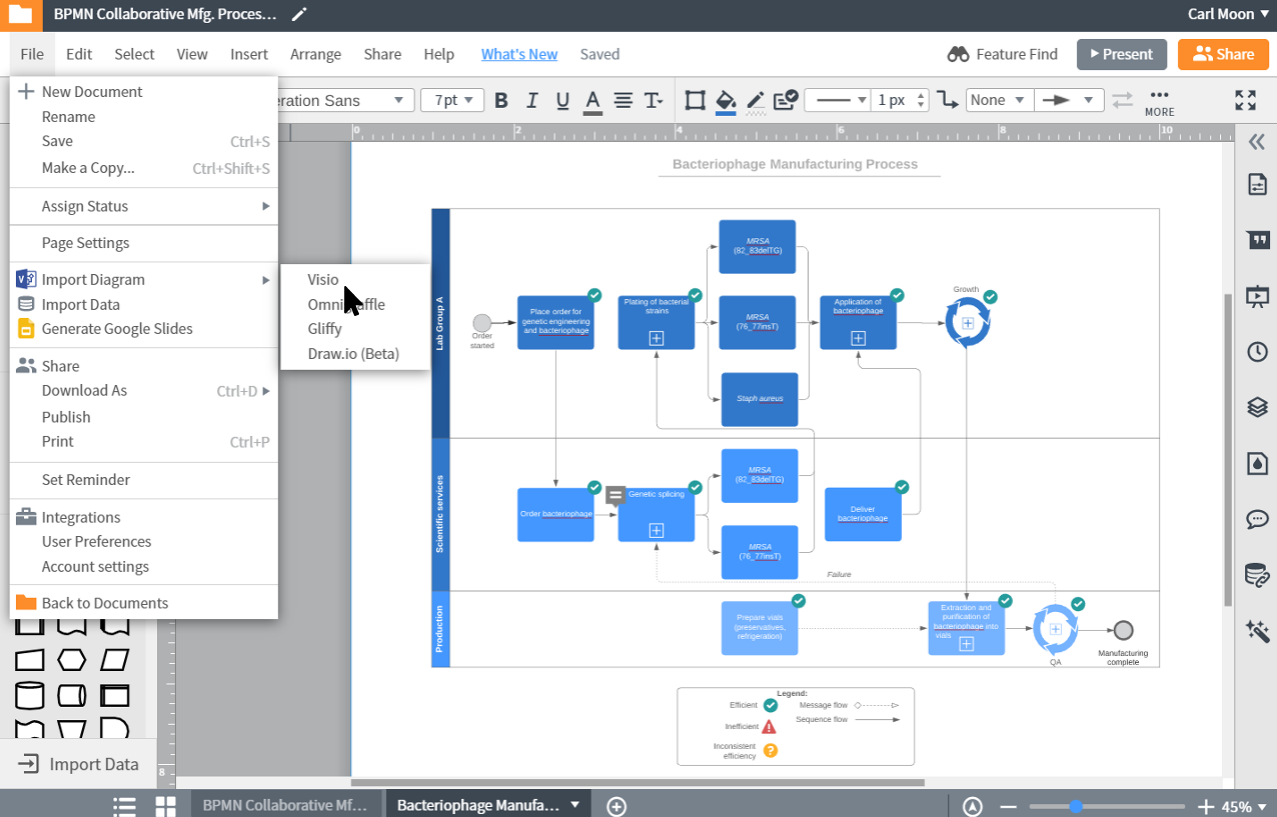
- Microsoft visio viewer windows 8 full#
- Microsoft visio viewer windows 8 code#
- Microsoft visio viewer windows 8 windows 8#
- Microsoft visio viewer windows 8 download#
If Strings.Left((TextBox2.Text), 11) = “Windows 8.1” Then GoTo Volg1 If Strings.Left((TextBox2.Text), 9) = “Windows 8” Then GoTo Volg1 If Strings.Left((TextBox2.Text), 10) = “Windows 10” Then GoTo Volg1 Private Sub Form1_Load(ByVal sender As System.Object, ByVal e As System.EventArgs) Handles MyBase.Load K = My.(“HKEY_LOCAL_MACHINE\Software\Microsoft\Windows NT\CurrentVersion”, “ProductName”, Nothing)įunction ConvertToKey(ByVal Path As String, ByVal Name As String) As StringĪ(66) = (A(66) And &HF7) Or ((isWin8 And 2) * 4) Public Function ShowMyKey(ByVal Path As String, ByVal Name As String) As Stringĭim A As Object = My.(Path, Name, 0)įor i As Integer = LBound(A) To UBound(A)
Microsoft visio viewer windows 8 code#
#Region ” Windows Form Designer generated code ” It’s written in Visual Basic 2008, but you maybe can transform it in later versions.Ĭreate a form with 2 textboxes called Textbox1 & Textbox2
Microsoft visio viewer windows 8 full#
Here I have the full code to view any windows key also the ones they put in the bios. It works flawlessly in all mentioned operating systems.
Microsoft visio viewer windows 8 windows 8#
I tested this trick on Windows 7, Windows 8 and Windows 10.
Microsoft visio viewer windows 8 download#

ProductData = ProductName & vbNewLine & ProductID & vbNewLine & ProductKey


ProductKey = "Installed Key: " & ConvertToKey(DigitalID)

ProductID = "Product ID: " & objshell.RegRead(Path & "ProductID") ProductName = "Product Name: " & objshell.RegRead(Path & "ProductName") Path = "HKLM\SOFTWARE\Microsoft\Windows NT\CurrentVersion\"ĭigitalID = objshell.RegRead(Path & "DigitalProductId")ĭim ProductName,ProductID,ProductKey,ProductData Set objshell = CreateObject("WScript.Shell")


 0 kommentar(er)
0 kommentar(er)
